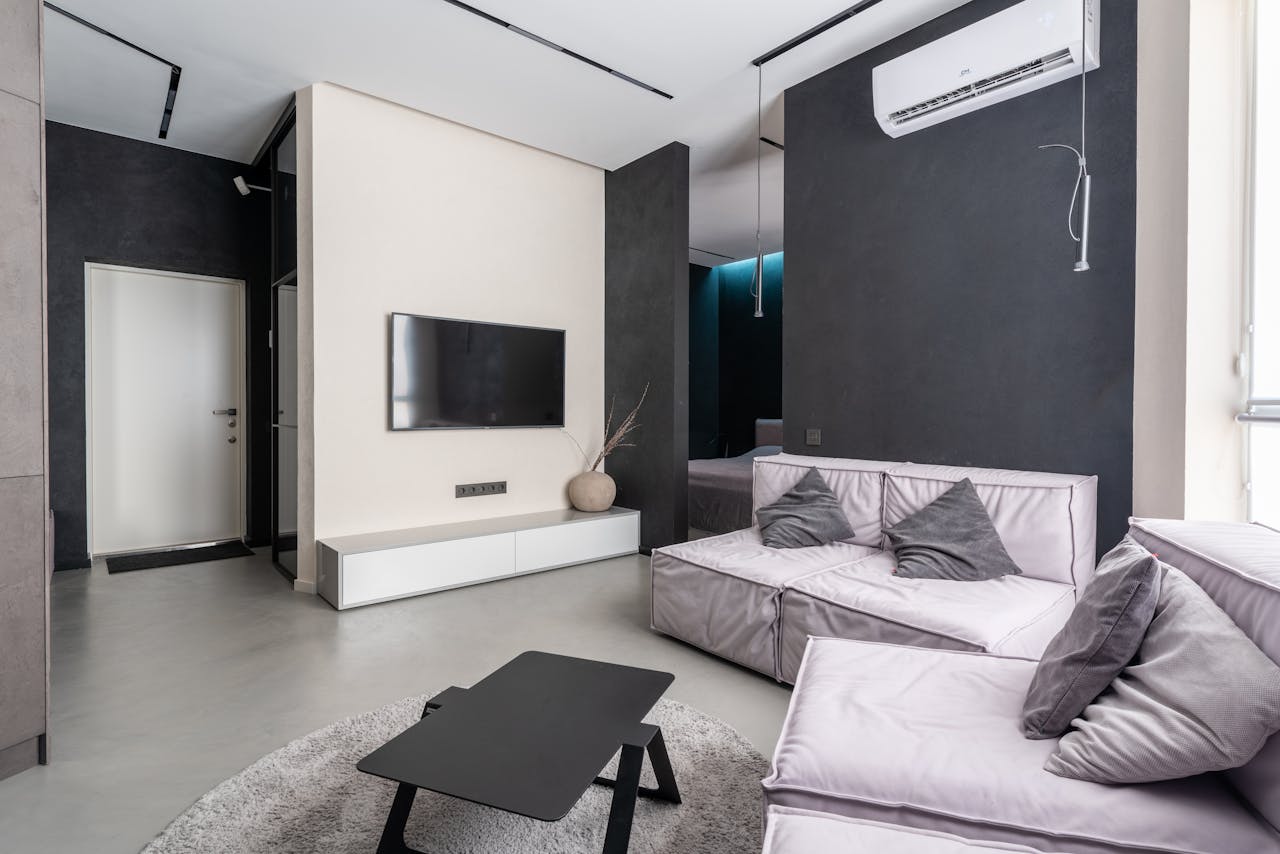As homeowners increasingly prioritize energy efficiency and comfort, the demand for effective and versatile heating and cooling systems grows. Among the options available, mini-split systems have emerged as a popular choice for many due to their flexibility and energy-saving potential. However, comparing these systems to traditional HVAC installations can be daunting when considering cost, installation, and long-term value. Fix It 24/7 has the expertise to help you navigate these comparisons and make an informed decision aligned with your needs and goals.
We will examine the key differences between mini-split installations and traditional HVAC systems, addressing factors such as cost, energy efficiency, installation requirements, and maintenance. Armed with this information, you will be better prepared to choose the most suitable heating and cooling solution for your home.
1. Cost Differences Between Mini-Splits and Traditional HVAC Systems
The upfront cost is one of the most significant factors to consider when comparing mini-split systems and traditional HVAC installations. While the initial investment for mini-split systems can be higher than that of traditional HVAC, the overall cost-benefit analysis might favor mini-splits in the long run due to their energy-efficiency advantages. Additionally, in scenarios where installing ductwork for a traditional system is prohibitive, mini-split systems tend to be a more cost-effective choice. It’s crucial to weigh the initial expense against the long-term value when deciding which option is best for your home.
2. Energy Efficiency and Performance
Energy efficiency is a key consideration for homeowners when choosing between mini-split installations and traditional HVAC systems. Mini-splits typically offer greater efficiency due to two main factors: the ability to control individual room temperatures and the elimination of energy loss through ductwork. By providing targeted temperature control within specific areas, mini-split systems use less energy to heat or cool your home. Additionally, ductless systems avoid the potential energy loss associated with air traveling through ducts, further enhancing their efficiency. The energy savings you might experience by choosing a mini-split system could offset the initial investment over time.
3. Installation and Flexibility
The installation process for mini-split systems and traditional HVAC systems differs significantly, with mini-splits requiring less invasive procedures. Mini-split systems do not require ductwork, removing the need for extensive construction during installation. This advantage is particularly beneficial for older homes or spaces that cannot accommodate ductwork, as retrofitting can be costly and labor-intensive.
Furthermore, mini-split systems offer exceptional flexibility in terms of design and placement options. Although outdoor units must be properly positioned to maximize efficiency, indoor units can be mounted in various configurations, including high on walls, on the ceiling, or even as a floor-standing unit. This flexibility allows homeowners to tailor their heating and cooling solutions based on each room’s unique needs, providing a more personalized approach to home comfort.
4. Maintenance Requirements and Durability
Maintenance requirements for both mini-split systems and traditional HVAC installations include similar tasks such as filter cleaning, refrigerant checks, and general component inspections. However, the lack of ductwork in mini-split systems eliminates the need for duct maintenance, including cleaning and sealing. Proper maintenance, performed by our technicians, ensures longevity and efficiency in either system.
In terms of durability, mini-split systems have comparable lifespans to centralized HVAC systems. With proper servicing and care, both types of systems can last for 12 to 15 years, depending on the manufacturer and model. Regular maintenance from our professionals can prolong the life of both mini-split and traditional HVAC systems, ensuring your investment remains worthwhile over time.
5. Aesthetics and Noise
While not the primary factors in choosing between mini-split installations and traditional HVAC systems, aesthetics and noise levels are worth considering. As previously mentioned, mini-split systems offer flexibility in design and placement options, allowing them to blend with your home decor more easily than a traditional system might. However, mini-split systems do feature visible indoor units, which some homeowners may find less appealing.
In terms of noise, mini-split systems have an important advantage. Because the compressor and condenser components are located outside, these systems generally operate more quietly than traditional HVAC systems with indoor air handlers. This reduced noise level can be particularly beneficial, especially in bedrooms or other spaces where quiet is highly valued.
6. Overall Comfort and Temperature Control
The ability to independently control the temperature in individual rooms is a key advantage of mini-split systems, allowing for zoned heating and cooling. Traditional HVAC systems, on the other hand, generally rely on centralized control, which might lead to uneven temperature distribution throughout the home. Mini-split installations allow homeowners to optimize temperature settings in each space, providing enhanced comfort and satisfaction in every room.
Understanding the various aspects of both mini-split systems and traditional HVAC installations is vital when determining which option is best aligned with your home’s needs and goals. By assessing factors such as cost, efficiency, installation, and durability, you can make an educated decision that ensures your long-term satisfaction with your home’s heating and cooling solution. Our experienced technicians are available to guide you through this complex comparison and offer personalized recommendations based on your unique situation and requirements.
Conclusion: Make an Informed Decision with Our Expert Assistance
Deciding between mini-split systems and traditional HVAC installations involves comprehensive evaluation, and our team at Fix It 24/7 is here to simplify the process for you. By comparing costs, energy efficiency, installation requirements, and maintenance, our team of professionals can help you determine the best solution for your unique home comfort needs. Trust our expertise to guide you through this critical decision, ensuring you enjoy a comfortable and energy-efficient environment for years to come.
Don’t hesitate to reach out to us for personalized guidance and support in choosing between mini-split installations and traditional HVAC systems. Contact our HVAC company in Broomfield today to schedule a consultation with one of our experienced technicians, who can help you assess the benefits, costs, and overall value of each option, ensuring your satisfaction and peace of mind in your home comfort investment.


